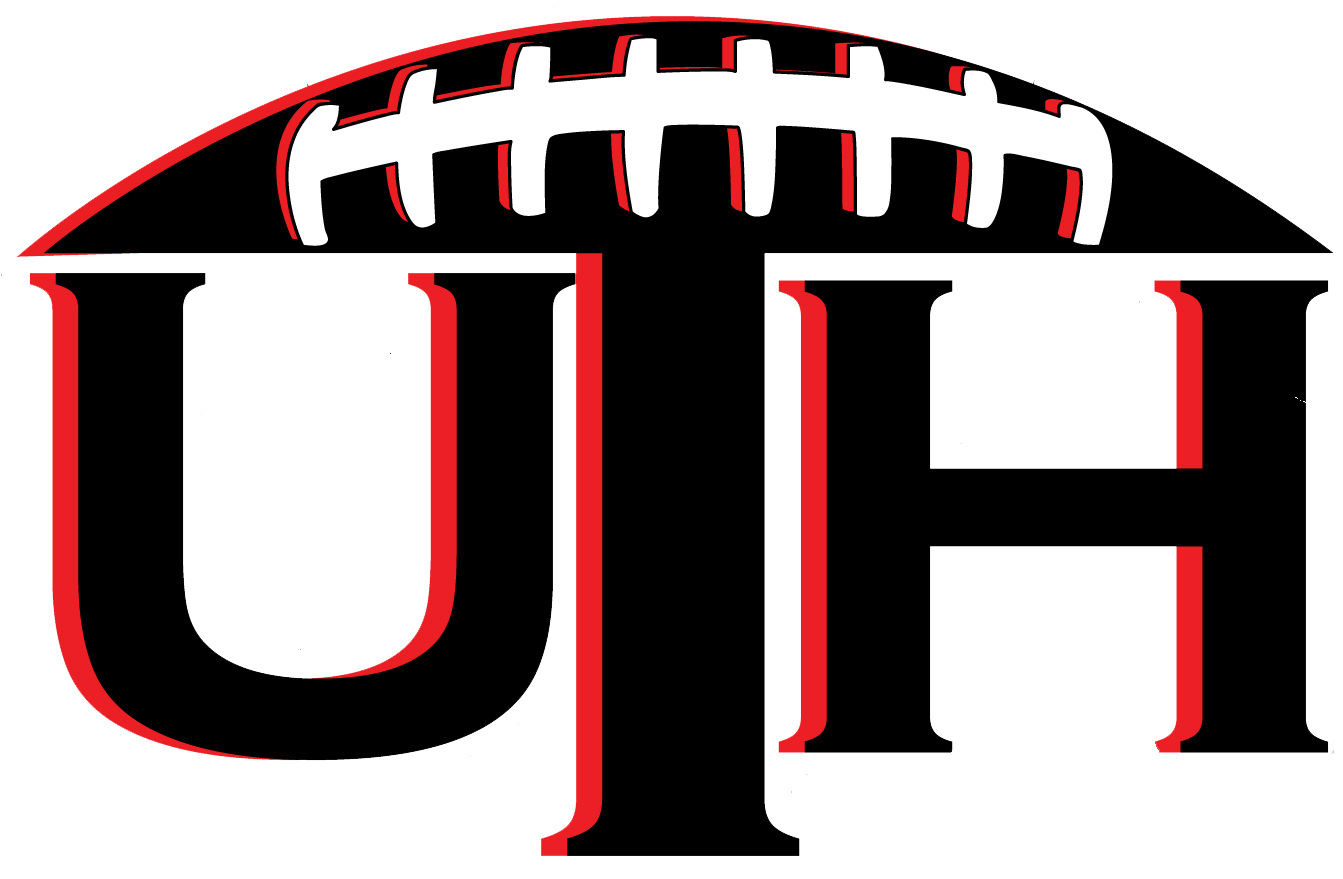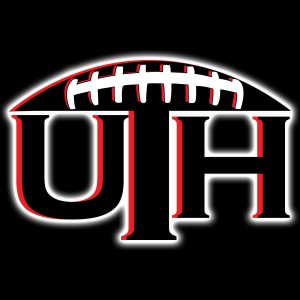This is a guest contribution from Jordan McNamara, UTH Subscriber. Thanks for sharing your talents and perspective, Jordan.
————–
This year represents a unique opportunity in dynasty football. The 2017 draft class appears strong and deep, particularly at the running back position. With the expected influx of running back talent, I am hesitant to invest in running backs this season for two reasons. First, there will be plenty of opportunities to add running backs from the 2017 draft class after the season. Second, there is risk any running backs invested in, could see their team draft a running back in 2017, reducing your current players’ value and future production.
I see this situation similar to when the economy crashes: everyone runs to safety. In investments, when the market goes south, investors run to the safest investment possible: US Treasury Bonds. In dynasty, safety is the wide receiver position.
As in every year, the UTH strategy advocates going receiver early and often. I see only a handful of running backs I view as relatively safe from 2017 draft class. LeVeon Bell, Todd Gurley, Ezekiel Elliot, and David Johnson all possess superb talent and are unlikely to be at risk of being surpassed by the 2017 class. The recent contract signings by Lamar Miller and Giovani Bernard nearly assure they maintain strong roles through the 2017 season. Beyond those players, I am skeptical of running backs as long-term investments.
With the influx of talent, I am also hesitant to roster running backs I am going to need to wait and see how they develop over a number of years. For example, Alex Collins, Paul Perkins and Jonathan Williams may have the talent to be contributors down the line, but because of depth chart dynamics, I view them as unlikely to pop in value over the next six to nine months. Holding these players will require me to roster them through the 2017 rookie draft to see if they will develop into contributors. If I am short on roster spots, I will face a situation of whether to move on from them in favor of 2017 draft capital or forgo a roster spot on a running back in a more talented draft class in 2017.
Instead, I think a better approach this season is to use late round capital in startup drafts or third round and beyond picks in rookie drafts to acquire running backs in situations where they can produce value immediately for contending teams, or be traded in-season to contenders.
Below are some running back positions to monitor for value this season. I will be updating them as the preseason goes along as depth charts and value fluctuate.
New England Running Backs
LeGarrette Blount ran with the first team with James White and Brandon Bolden also spelling in with some early game work. Tyler Gaffney showed well with nine carries for 64 yards and a touchdown. While Gaffney’s first two seasons ended on IR, Gaffney deserves monitoring because he has the talent to push Blount for early down work. The Patriots are also expecting Dion Lewis back from ACL surgery and appear cautious with him.
If Lewis is back healthy, he is probably the running back to own in New England as he was a running back one on a per-game basis last season, but an ADP of RB 16, and a mid-sixth round startup pick, he carries significant risk. He is going in the same round as Giovani Bernard, Duke Johnson and CJ Anderson all who have more clearly defined roles, and less injury history. White was an effective fill-in after Lewis’s injury last season and is going at an ADP of RB75 in the 18th round, could see a rise in value if he gets playing time, although it may require some injuries for it to happen.
Miami Running Backs
Jay Ajayi played in the opening preseason game had two carries for six yards. He has not taken any significant steps toward claiming the lead job while Arian Foster was sidelined. Ajayi is currently RB25 in the sixth round. It is going to be important to watch Arian Foster’s health when he comes back to live game action, as he could carve out a substantial role. I am skeptical of Foster’s health, but if he shows good form, he may be an option for teams looking for a bridge player at running back. Foster has an ADP of RB54 in the 14th round. Also of note, former second round pick Isaiah Pead rushed 10 times for 50 yards.
New York Giants Running Backs
Rashad Jennings and Shane Vereen both had limited work but worked with the first team with Andre Williams coming and working with the second team. Paul Perkins was clearly below Williams in the pecking order. I included a chart of the ADP of the Giants backfield. I like Perkins to pass Williams going forward, but he looks clearly like the fourth back in the pecking order at this point.
| Player | Positional ADP | Round |
| Paul Perkins | 39 | 11th |
| Rashad Jennings | 55 | 15th |
| Shane Vereen | 61 | 15th |
| Andre Williams | 87 | 21st |
The dynasty market likes Perkins in the long term but is fading Jennings generally. While I like the tape Perkins had at UCLA, I have to wonder if he will ever truly hold the running back job in New York, without the Giants adding significant competition. Zac Stacy’s career comes to mind. He won a job in-season, then the St. Louis Rams added third round pick in Tre Mason the next season to compete with Stacy. As I mentioned above, I think the dynasty play this year is to take late round investments in short term running backs, which can be flipped for 2017 capital to a contender or held for a contending team this season, instead of investing in a lot of players will have long term wait and see situations. I think waiting on Perkins in a range where a player like Josh Gordon, Nelson Agholor or even Martavis Bryant, who could rise in value multiple rounds, and then taking Rashad Jennings in the 15th round is a better play.
Detroit Lions Running Backs
Theo Riddick got the start with Ameer Abdullah out of the lineup, and had four carries for 15 yards, with three targets for one catch and two yards on his only drive. The rushing numbers are something to keep an eye on going forward as Riddick had a total of 43 carries in 2015 with 80 receptions on 99 targets. If Abdullah struggles coming back from his shoulder surgery, monitor Riddick getting an increased role in the running game beyond just his role as a pass catcher. Riddick is currently RB 41 in the 11th round, three rounds later than Abdullah. Zach Zenner was the clear second back as he was the primary running back through the rest of the first half. He finished with a team-high seven carries, and 24 yards, with three catches and 32 yards receiving on three targets.
Stevan Ridley was the third back, with one catch for five yards, and one target. Zenner outplayed Ridley and is receiving positive reviews from his coaches. Zenner appears ahead of Ridley for the “big back” role in Detroit, and this game did nothing to change that. Zenner is currently RB 70 in the 18th round. The running back situation deserves close attention, specifically to who receives the non-Abdullah carries.
Washington Redskins Running Backs
Kirk Cousins started the game with one series, Matt Jones receiving the only two carries on the possession. Jones then exited the game, with Marshall entering ahead of Chris Thompson. Marshall had five carries for minus one yard, with two receptions for 10 yards. Neither back was impressive and this could continue speculation the Redskins bring in a veteran back.
Seattle Seahawks Running Backs
With Thomas Rawls out of the lineup, Christine Michael handled the first two series of the game, with seven carries for 44 yards. The news out of camp has been positive for Michael. He deserves some cautious optimism. With Rawls off the PUP list, Michael’s role is worth monitoring. If Rawls were to miss time, this backfield strikes me as a committee between C.J. Prosise, Alex Collins, and Michael where I would not feel comfortable starting anyone in a given week.



